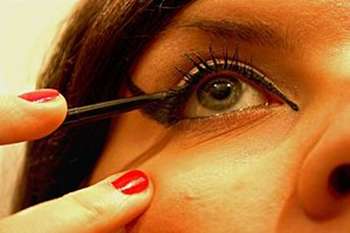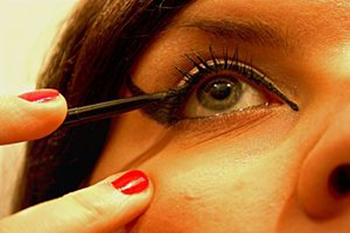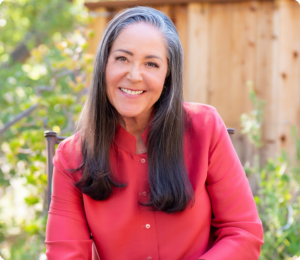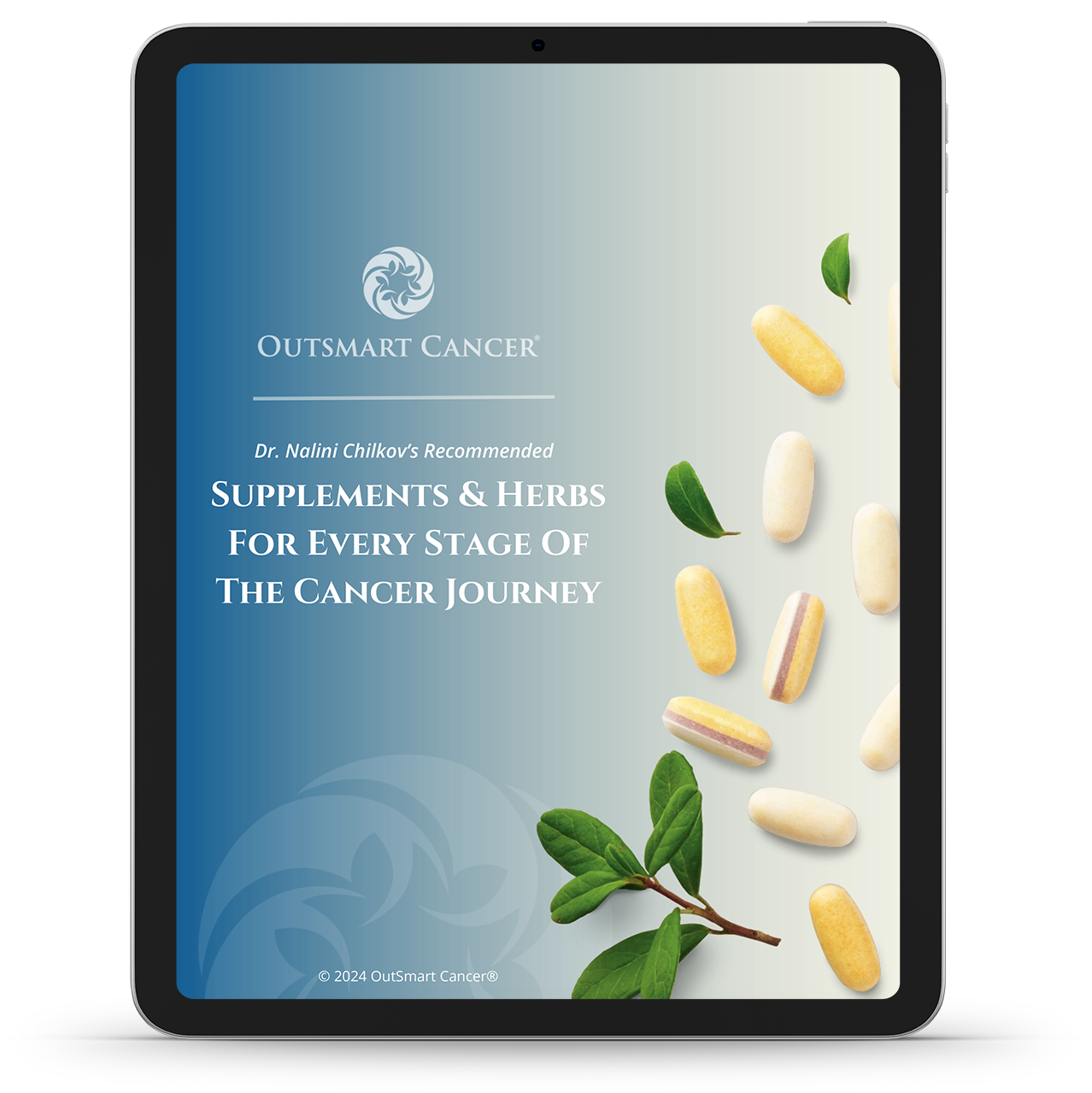
Good News Story! How a small dedicated group of women caused Walmart, Proctor and Gamble, Johnson and Johnson and Target to rethink the safety of their cosmetics and body care products that contain toxic chemicals linked to many cancers.
Soon California will launch the Safe Cosmetics Guidelines database, a first step in regulating what we put on our bodies. This reminds me that individuals can still go up against corporations and change policy!!!
Reminds me of the saying “Think you are too small to make a difference? Try spending the night in bed with a mosquito!” Read on!
published in the San Jose Mercury News
By Heather Somerville hsomerville@bayareanewsgroup.com
Since the movement for toxin-free beauty products took root about a decade ago, California has been out in front on rule-making to restrict the use of chemicals and demand clearer labeling on products that use potentially hazardous ingredients. The linchpin in California’s regulatory policy for cosmetics is the Safe Cosmetics Program database, which will be completed by the end of the year and is a robust effort to give the public access to information on everyday beauty products.
State officials describe the database as a “Google (GOOG)-like” search engine for cosmetics that shows the toxic and potentially hazardous ingredients used in products sold in California.
“Our hope is that the market pressure that comes out of that … encourages manufacturers to reformulate,” said Nerissa Wu, who leads the program for the state.
Here are other important milestones in the safe cosmetics movement:
- 2001: The Centers for Disease Control and Prevention releases the first National Report on Human Exposure to Environmental Chemicals, a study of 27 chemicals in people, including seven types of phthalates. Scientists found women of childbearing age had the highest levels of certain phthalates — in some cases, above the federal safety standard.
- 2002: Jane Houlihan, Charlotte Brody and Bryony Schwan, founding members of the Campaign for Safe Cosmetics, co-author “Not Too Pretty,” a report detailing phthalates levels in common beauty products.
- 2004: The Campaign for Safe Cosmetics is founded in San Francisco. The group sends letters to 250 cosmetics companies asking them to reformulate products and eliminate any hazardous ingredients.
- 2005: The California Safe Cosmetics Act is signed into law, requiring manufacturers and distributors that sell cosmetic products in the state report to the Department of Public Health ingredients known or suspected to cause cancer, birth defects or other reproductive harm.
- 2006: California signs into law the California Environmental Contaminant Biomonitoring Program, the first state-level biomonitoring program, to study chemical levels in people
- 2008: A study by the National Academies shows that phthalates can affect the development of the male reproductive system.
- 2009: The Campaign for Safe Cosmetics releases “No More Toxic Tub,” a study that shows chemicals associated with cancer in baby products, including Johnson & Johnson brands.
- 2009: A University of Michigan study shows phthalates exposure may lead to premature births. A 2011 study from the same university confirms that phthalates interfere with thyroid functions in humans, potentially disrupting reproduction systems, metabolism and energy balance.
- 2010: Rep. Jan Schakowsky, D-Ill., introduces for the first time a federal Safe Cosmetics Act in Congress, outlining new regulations for cosmetic ingredient testing, product labeling and safety standards.
- 2011: Johnson & Johnson announces it will eliminate from baby products certain preservatives that release formaldehyde and other chemicals that have been linked to cancer by 2013. A year later, it promises to remove potentially harmful chemicals from all adult products by 2015, becoming the first major consumer products company to make such a widespread commitment.
- March 2013: Schakowsky introduces a new draft of the Safe Cosmetics and Personal Care Products Act. The bill has not been taken up for consideration by Congress.
- September 2013: Procter & Gamble announces the elimination of some phthalates and triclosan, chemicals that some studies have linked to cancer and reproductive harm.
- September 2013: Walmart announces a new chemical policy requiring that beginning in January suppliers reduce or eliminate about 10 chemicals commonly used in beauty products, household cleaners and cosmetics. Walmart has declined to make the list of chemicals public.
- October 2013: Target begins collecting ingredient information for 7,500 products including household cleaners, personal care and baby care. Target will rate each product on a scale of zero to 100, based on the manufacturer’s transparency about ingredients and the product’s environmental and health impacts. In 2014, Target will begin rating cosmetics for safety using the new standards.
- December 2013: Deadline for the California Department of Public Health to publish an online database that will allow the public to search for any beauty product and get a list of ingredients, based on information the state collects through the Safe Cosmetics Act
-
- Contact Heather Somerville at 510-208-6413. Follow her at Twitter.com/heathersomervil.




